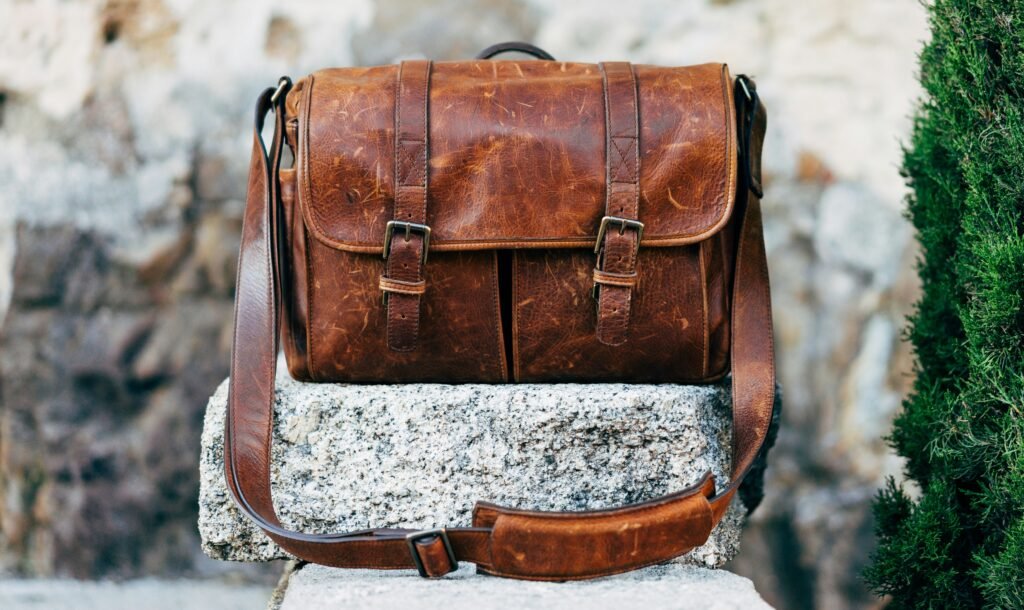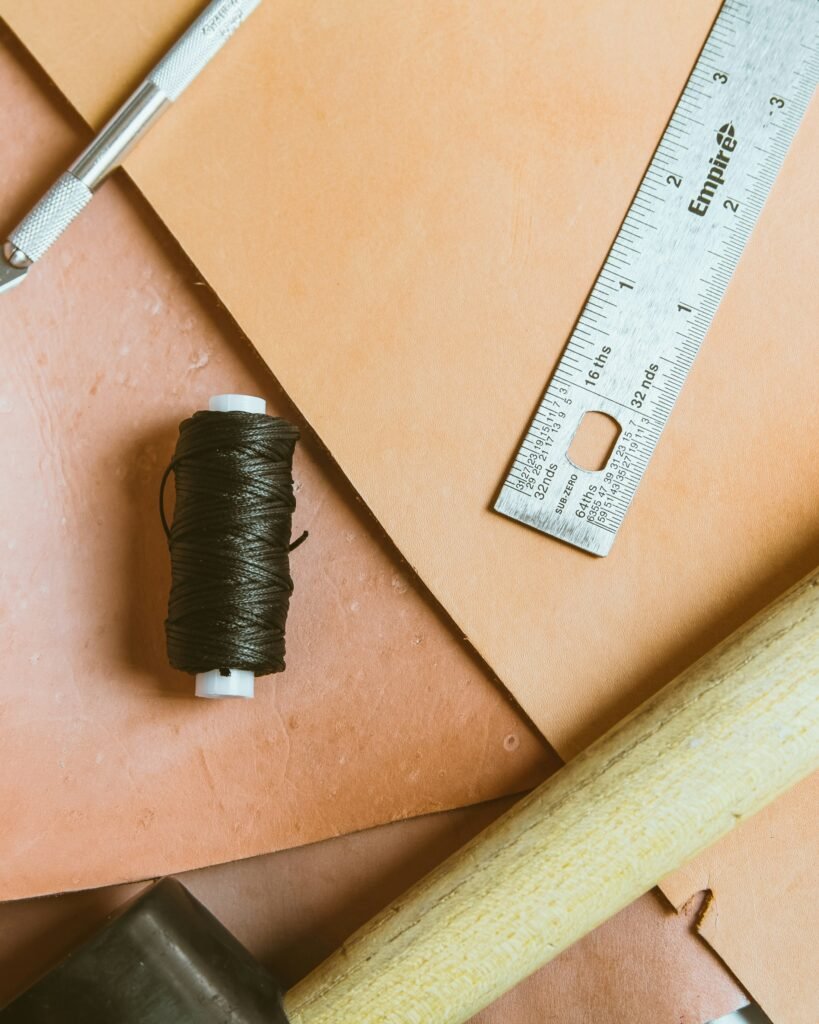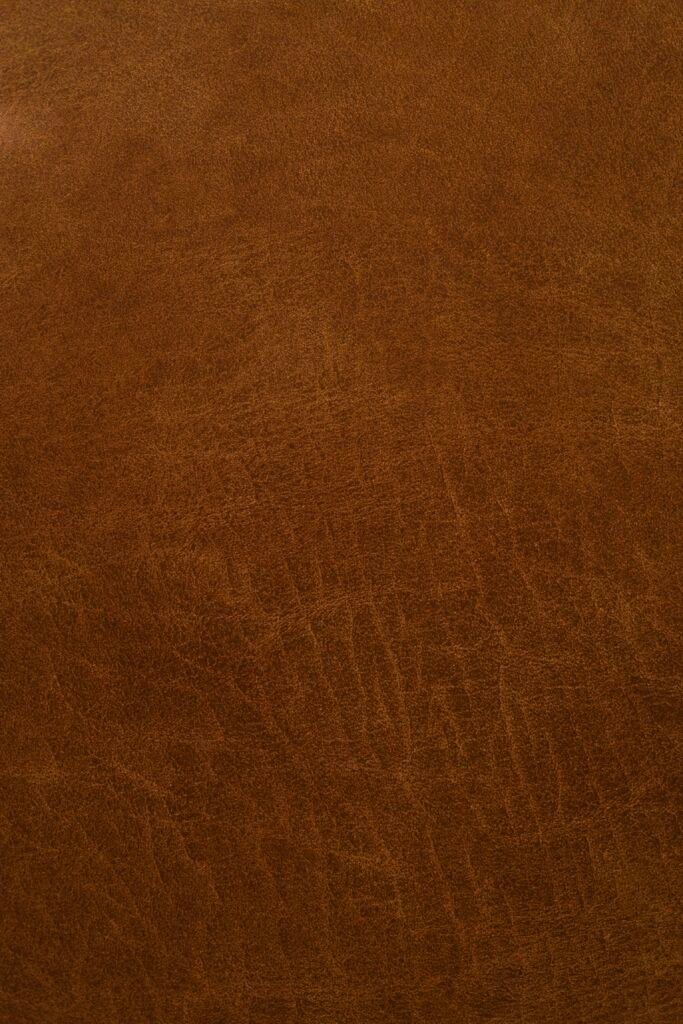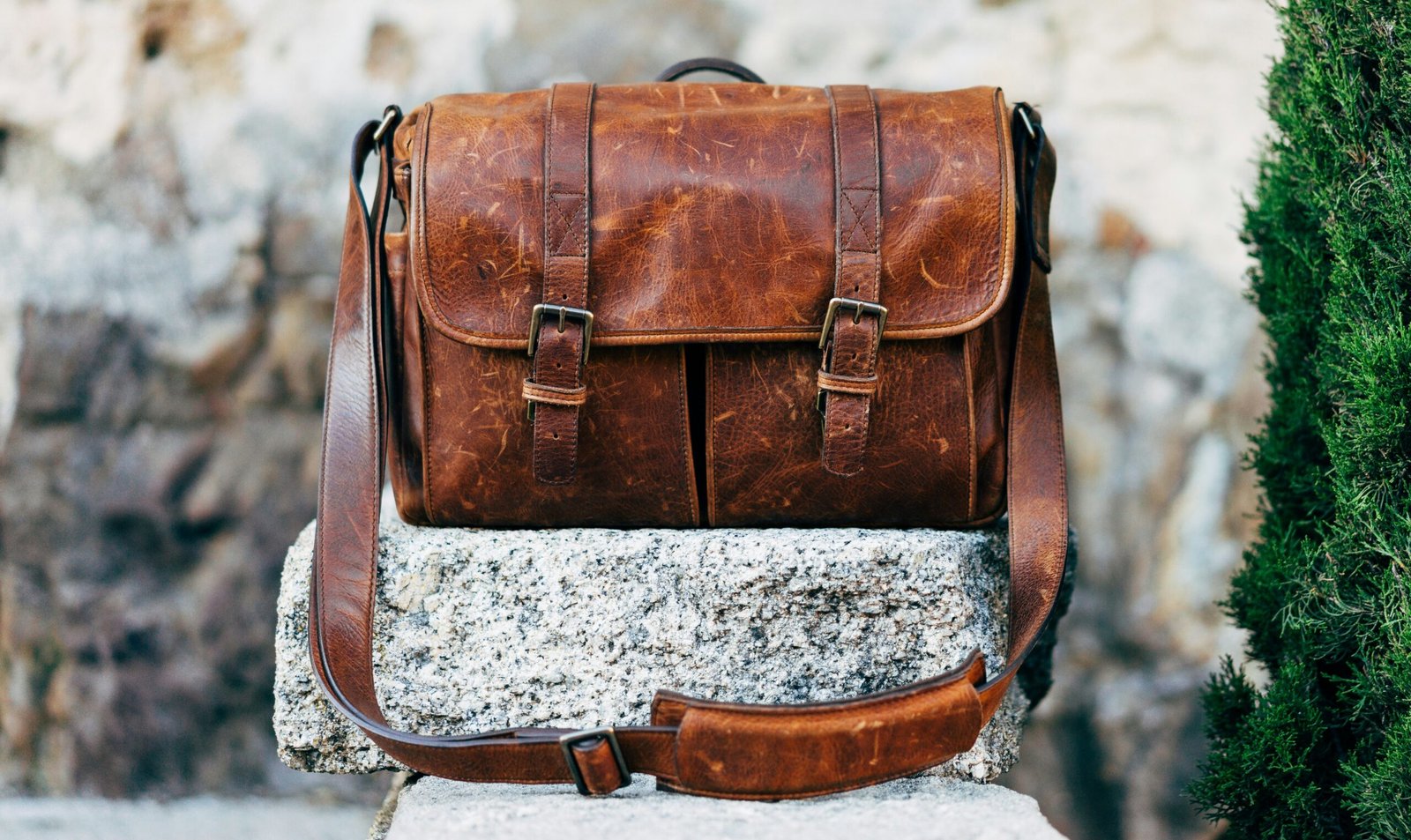Are you looking to invest in a leather wallet that not only looks stylish but also stands the test of time? Look no further! In this article, you will find valuable tips on how to choose leather wallets that are not just a fashion statement, but also make for a smart long-term investment. By considering factors such as quality, material, and craftsmanship, you can ensure that you not only have a functional wallet, but also a valuable asset that will only get better with age. So, read on and discover how to select the perfect leather wallet that will serve you for years to come.

This image is property of images.unsplash.com.
Consider the Leather Grade
When choosing a leather wallet, one of the first things to consider is the leather grade. The grade of leather refers to the quality and characteristics of the hide used to make the wallet. There are several different grades of leather, each with their own unique qualities. Here are a few common leather grades to consider:
Full-Grain Leather
Full-grain leather is considered the highest quality and most durable type of leather available. It is made from the top layer of the hide and retains the natural grain patterns and imperfections, giving it a unique and authentic look. Full-grain leather is known for its durability and develops a beautiful patina over time. If you’re looking for a wallet that will last for years to come, full-grain leather is an excellent choice.
Top-Grain Leather
Top-grain leather is the second-highest grade of leather and is commonly used in high-end leather goods. It is made by splitting the top layer of the hide and sanding away any imperfections. While top-grain leather is not as durable as full-grain leather, it is still a high-quality option. It has a more uniform appearance and is often softer and more pliable than full-grain leather.
Genuine Leather
Genuine leather is a term that is often misunderstood. Contrary to what the name suggests, genuine leather is actually a lower grade of leather. It is made from layers of leftover scraps, which are glued together and then coated with a layer of artificial grain. While genuine leather may be more affordable, it is not as durable or high quality as full-grain or top-grain leather. If you’re looking for a long-lasting investment, genuine leather may not be the best choice.
Bonded Leather
Bonded leather is the lowest grade of leather and is often used in inexpensive wallets. It is made from a mixture of leftover leather scraps and other materials, such as polyurethane. Bonded leather is not as durable or authentic as higher-grade leathers, and it is prone to cracking and peeling over time. If you’re looking for a leather wallet that will stand the test of time, it is best to avoid bonded leather.
Assess the Leather Quality
Once you’ve considered the leather grade, it’s important to assess the quality of the leather itself. Here are a few things to look for when examining the leather quality of a wallet:
Check for Smoothness and Softness
High-quality leather should feel smooth and soft to the touch. Run your fingers along the surface of the leather and pay attention to any rough or uneven areas. The leather should also have a certain suppleness, meaning it should be pliable and not excessively stiff. Avoid wallets that feel plasticky or overly processed, as these are signs of lower quality leather.
Look for Visible Natural Grain Patterns
One of the distinguishing features of genuine leather is the presence of natural grain patterns. These patterns are the unique marks and textures that are naturally occurring on the surface of the hide. Full-grain and top-grain leather will retain these natural grain patterns, while lower-grade leathers may have artificial grain patterns embossed onto the surface. Look closely at the leather and appreciate the beauty of the natural grain patterns.
Inspect the Leather Thickness
The thickness of the leather can indicate its durability and overall quality. A thicker leather is generally more durable and will hold up better to daily use. However, keep in mind that a thicker leather may also make the wallet bulkier and less comfortable to carry. Strike a balance between thickness and functionality when evaluating the leather quality of a wallet.
Ensure the Leather Smells Natural
Authentic leather has a distinctive natural scent that is often described as earthy or musky. When examining a leather wallet, take a moment to smell the leather and make sure it has a natural scent. Beware of wallets that have a strong chemical odor, as this may indicate the use of synthetic materials or low-quality leather.

This image is property of images.unsplash.com.
Evaluate the Construction
In addition to the leather quality, it’s important to evaluate the construction of the wallet. A well-constructed wallet will not only look better but also last longer. Here are a few construction aspects to consider when choosing a leather wallet:
Stitching
Inspect the stitching on the wallet and make sure it is neat, even, and secure. Loose or uneven stitching can be a sign of poor craftsmanship and may lead to the wallet falling apart over time. Look for wallets with tight and sturdy stitching that will withstand everyday use.
Edges and Trim
Check the edges and trim of the wallet to ensure they are smooth, clean, and well-finished. Rough or frayed edges indicate sloppy construction and may result in the leather easily cracking or peeling. Look for wallets with polished and well-finished edges for a more refined and durable product.
Lining
While the quality of the lining may not be as important as the leather itself, it still plays a role in the overall durability and functionality of the wallet. The lining should be securely attached and free from any loose threads or fraying. Additionally, consider the material of the lining and how well it complements the leather. A high-quality lining will enhance the overall look and feel of the wallet.
Hardware
Take a close look at the hardware, such as zippers, buttons, or clasps, and ensure they are of good quality and securely attached. Cheap or flimsy hardware can easily break or become loose, compromising the functionality of the wallet. Opt for sturdy and durable hardware that will withstand frequent use.
Consider the Wallet Design
The design of the wallet is another important factor to consider. It not only affects the overall aesthetic appeal but also the functionality and organization of the wallet. Here are a few common wallet designs to consider:
Bifold
The bifold wallet is a classic and popular design that folds in half, typically with card slots on one side and a bill compartment on the other. It is simple, compact, and fits easily into pockets. Bifold wallets are a versatile choice suitable for everyday use.
Trifold
Similar to the bifold, the trifold wallet folds into three sections, with additional card slots and compartments for organizing belongings. Trifold wallets are ideal for those who carry a lot of cards or need additional storage space for receipts or small items.
Slim and Minimalist
For those who prefer a sleek and minimalist look, slim wallets are a great option. These wallets typically have a minimalist design with fewer card slots and a slim profile, making them perfect for those who like to travel light.
Money Clip
If you often carry cash, a money clip wallet may be a practical choice. These wallets feature a money clip on one side and card slots on the other, allowing you to securely store your cash while keeping your cards organized.
Card Holder
A cardholder is a compact and minimalist wallet that is designed specifically to hold cards. They typically have multiple card slots and a slim profile, perfect for those who primarily use cards and want to minimize bulk.
Consider your personal needs and preferences when choosing a wallet design. Think about how many cards you typically carry, whether you prefer to carry cash, and how much storage space you require.

This image is property of images.unsplash.com.
Determine the Wallet Size
While the design of the wallet is important, the size is equally significant. If the wallet is too large or too small for your needs, it may not be practical or comfortable to use. Here are a few factors to consider when determining the size of the wallet:
Consider the Number of Card Slots
Think about how many cards you typically carry and make sure the wallet has enough card slots to accommodate your needs. Avoid wallets with too few card slots, as overstuffing them can damage the cards and make the wallet bulky and uncomfortable.
Look for a Bill Compartment
If you often carry cash, make sure the wallet has a bill compartment that is large enough to hold your preferred currency. Consider the size of the bills you commonly use and ensure the compartment can accommodate them.
Think About Coin Storage
If you frequently carry coins, consider whether the wallet has a dedicated coin pocket or a compartment that can securely hold coins. Some wallets have a zippered coin pocket, while others have a snap closure or no specific coin storage at all. Choose a wallet with a coin storage option that suits your needs.
Examine the Wallet Security Features
Wallet security is an important consideration, especially in today’s digital age. Here are a few security features to look for when choosing a leather wallet:
RFID Protection
RFID (Radio Frequency Identification) technology is used in many credit and debit cards to transmit information wirelessly. However, this technology can also make your cards vulnerable to unauthorized scanning or identity theft. Look for a wallet that offers RFID protection, which uses a special lining or material to block RFID signals and protect your cards.
Zipper Closure
A zipper closure provides an additional layer of security, keeping your belongings securely enclosed within the wallet. It prevents cards or cash from accidentally falling out and provides added protection against theft or loss.
Snap Button Closure
A snap button closure is another common security feature found in leather wallets. It ensures that the wallet remains securely closed when not in use, offering peace of mind and added security.
Evaluate your personal security needs and choose a wallet that offers the level of protection you require.
Research the Brand and Reputation
When investing in a leather wallet, it’s important to research the brand and consider their reputation. Here are a few steps to take when researching the brand:
Look for Established Brands
Consider purchasing a wallet from an established and reputable brand. Established brands often have a long history of producing high-quality products and may have a positive reputation within the leather goods industry.
Read Customer Reviews and Ratings
Before making a purchase, take the time to read customer reviews and ratings of the brand and specific wallet model you are considering. This will give you insights into the quality, durability, and overall satisfaction of previous customers.
Consider Brand Warranty and Customer Service
Check if the brand offers a warranty or guarantee on their products. A reputable brand will stand behind their products and offer customer support if any issues arise. Look for brands that have transparent and responsive customer service.
Set a Budget
Setting a budget is important when purchasing a leather wallet. Here are a few factors to consider when determining your budget:
Consider Wallet Price Range
Leather wallets can vary significantly in price, depending on factors such as the leather grade, brand, design, and craftsmanship. Determine how much you are willing to spend and look for options within that price range.
Balance Budget with Quality
While it may be tempting to opt for the cheapest wallet available, keep in mind that investing in a higher-quality wallet will likely pay off in the long run. Balance your budget with the desired quality and durability of the wallet, and aim for the best value within your price range.
Avoid Impulsive Buying
Try to avoid impulsive buying and take the time to research and compare different options before making a purchase. This will ensure that you make an informed decision and choose a wallet that meets your criteria and budget.
Think About Personal Style
When choosing a leather wallet, consider your personal style and preferences. Here are a few style considerations to keep in mind:
Classic and Timeless Designs
Classic and timeless designs never go out of style. These wallets typically have clean lines, minimal embellishments, and a timeless aesthetic. Classic designs are versatile and can be paired with both formal and casual outfits.
Modern and Trendy Styles
If you prefer a more contemporary look, consider wallets with modern and trendy designs. These wallets often feature unique details, colors, or patterns that make a statement and reflect current fashion trends. Keep in mind that trendy wallets may become outdated more quickly, so choose a style that resonates with your personal taste.
Consider how the wallet will fit into your overall style and wardrobe, and choose a design that reflects your personality.
Consider Long-Term Durability
When purchasing a leather wallet as an investment, it’s important to consider the long-term durability of the product. Here are a few factors to evaluate:
Choose Leather Wallets with Longevity
Opt for wallets made from high-quality leather that is known to be durable and long-lasting. Full-grain or top-grain leather are excellent choices for long-term durability. These leathers are more resistant to wear and tear and will age beautifully over time.
Look for Leather That Ages Well
Leather wallets that age well develop character and patina over time, enhancing their overall attractiveness. Research the specific type of leather used in the wallet and determine how it ages. Some leathers may develop a rich and natural patina, while others may show signs of wear more prominently. Choose a leather that aligns with your preference for aging.
Avoid Wallets Prone to Scratches and Stains
Some leathers are more prone to scratching or staining than others. Consider your lifestyle and how well the wallet will hold up to daily use. Wallets made from full-grain leather or high-quality top-grain leather are generally more resistant to scratches and stains. Avoid wallets made from lower-grade leathers or those with delicate finishes that may be easily damaged.
By considering the long-term durability of the wallet, you can ensure that your investment will last for years to come.
In conclusion, choosing a leather wallet for long-term investment requires careful consideration of the leather grade, leather quality, construction, design, size, security features, brand reputation, budget, personal style, and long-term durability. By following these tips and evaluating each aspect, you can make an informed decision and select a leather wallet that not only meets your immediate needs but also stands the test of time. Remember, a well-chosen leather wallet can be a functional and stylish accessory that you’ll cherish and use for many years to come.
